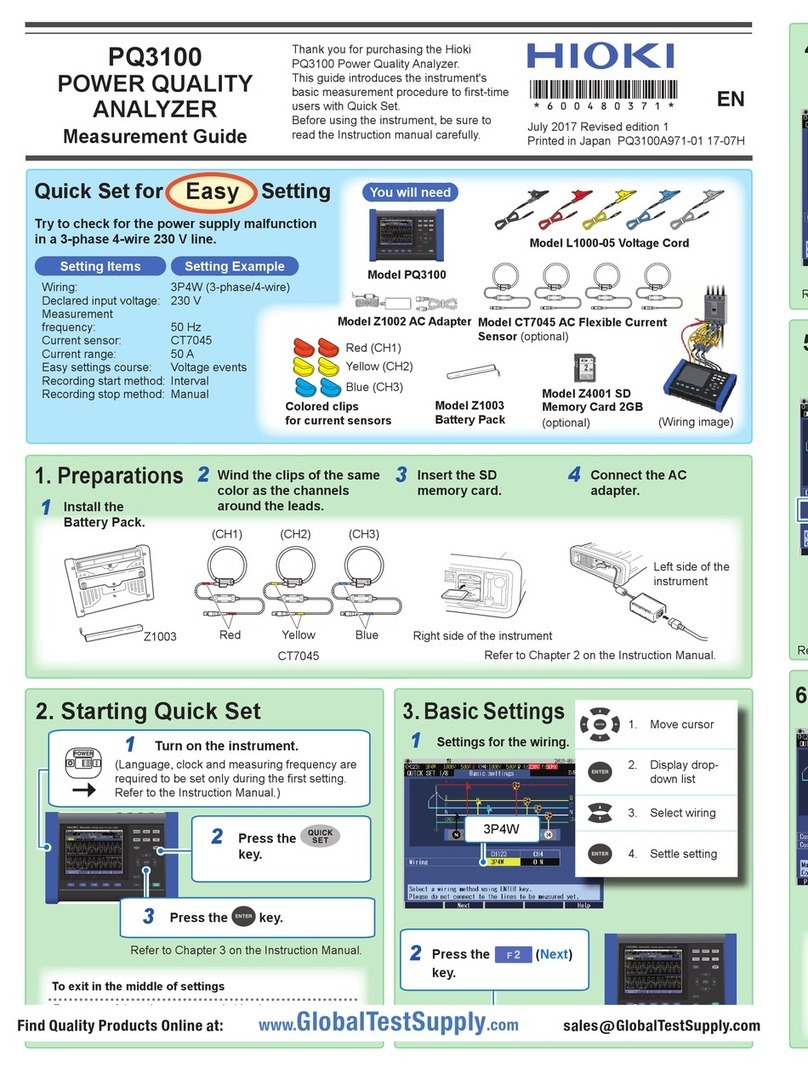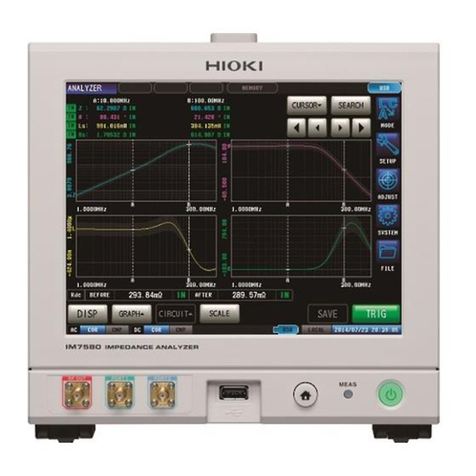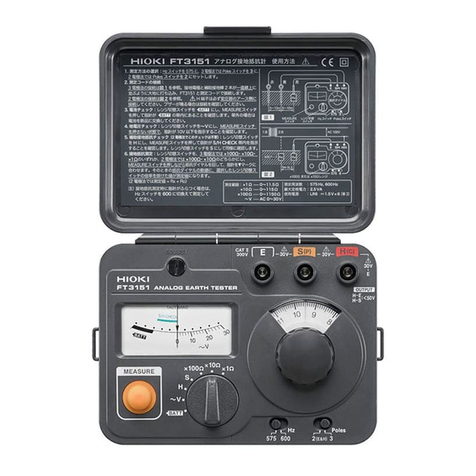Hioki HITESTER 3184 User manual
Other Hioki Measuring Instrument manuals
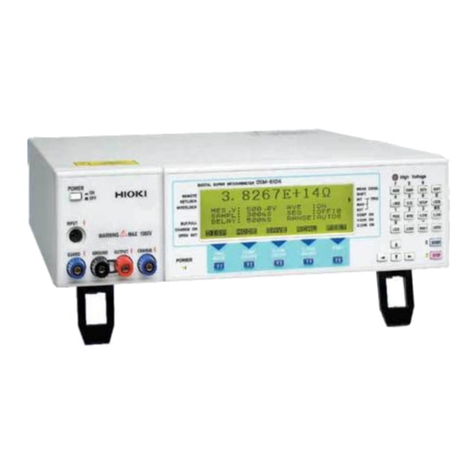
Hioki
Hioki DSM-8104 User manual
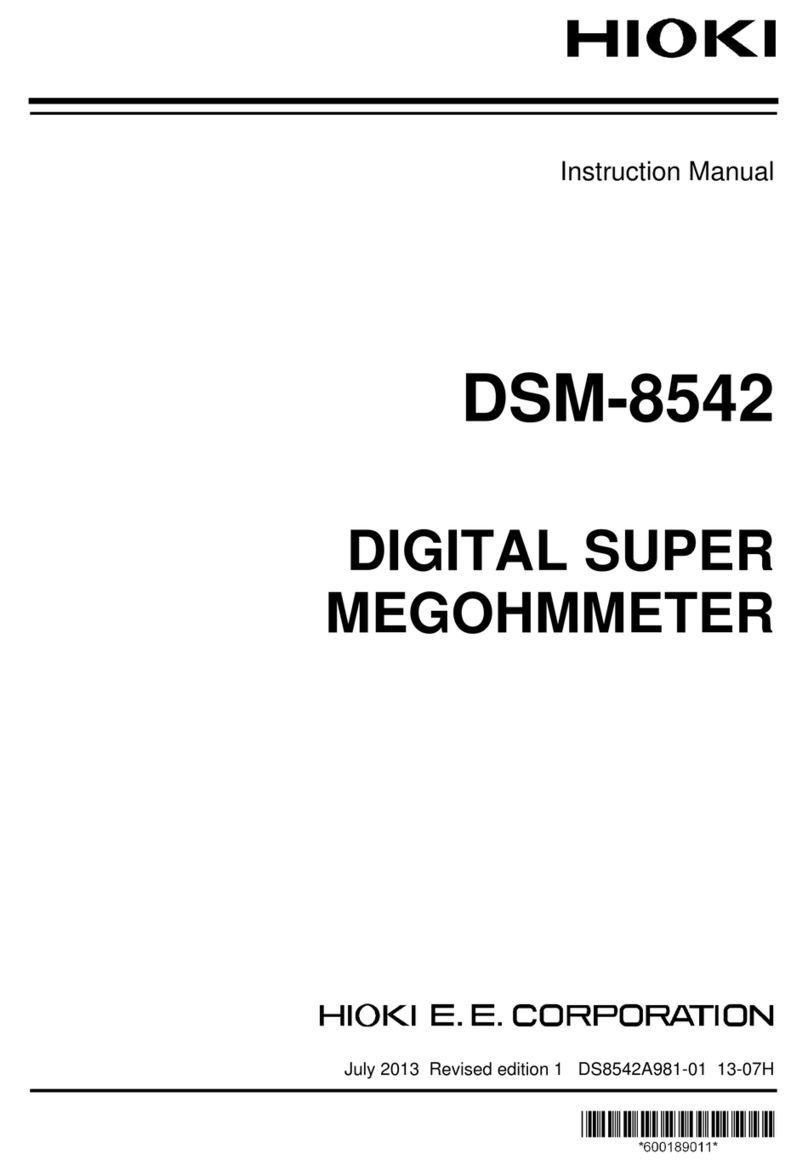
Hioki
Hioki DSM-8542 User manual
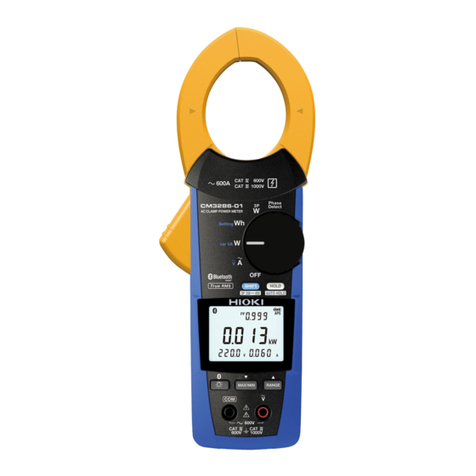
Hioki
Hioki CM3286-01 User manual

Hioki
Hioki MEMORY HiCORDER 8855 Manual

Hioki
Hioki 3284 HiTester User manual

Hioki
Hioki MR8740T User manual
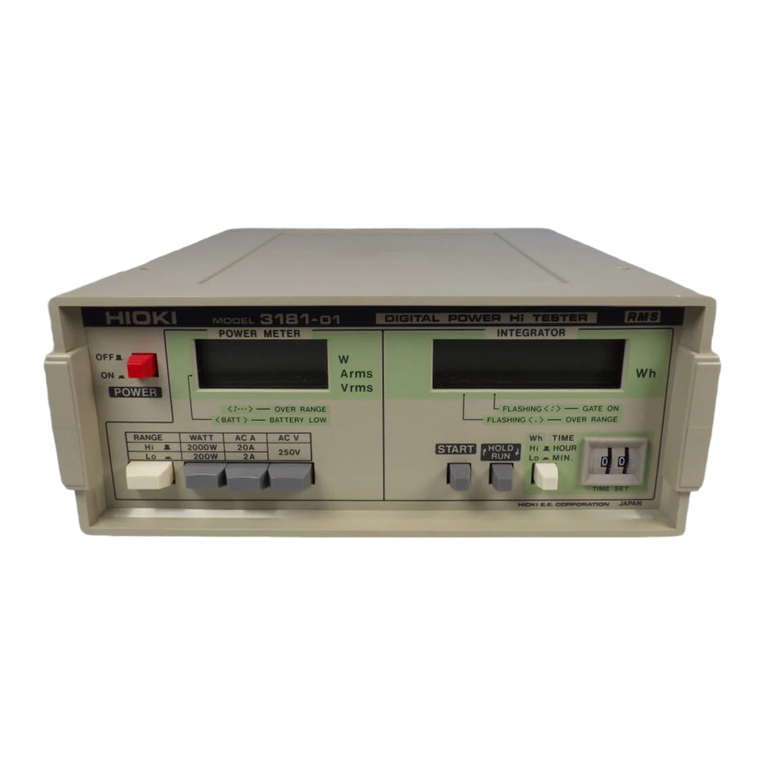
Hioki
Hioki 3181-01 User manual
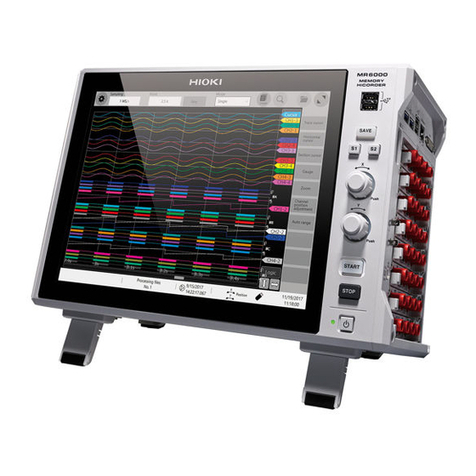
Hioki
Hioki Memory HiCorder MR6000 User manual

Hioki
Hioki RM3542-50 User manual

Hioki
Hioki PQ3198-92 User manual
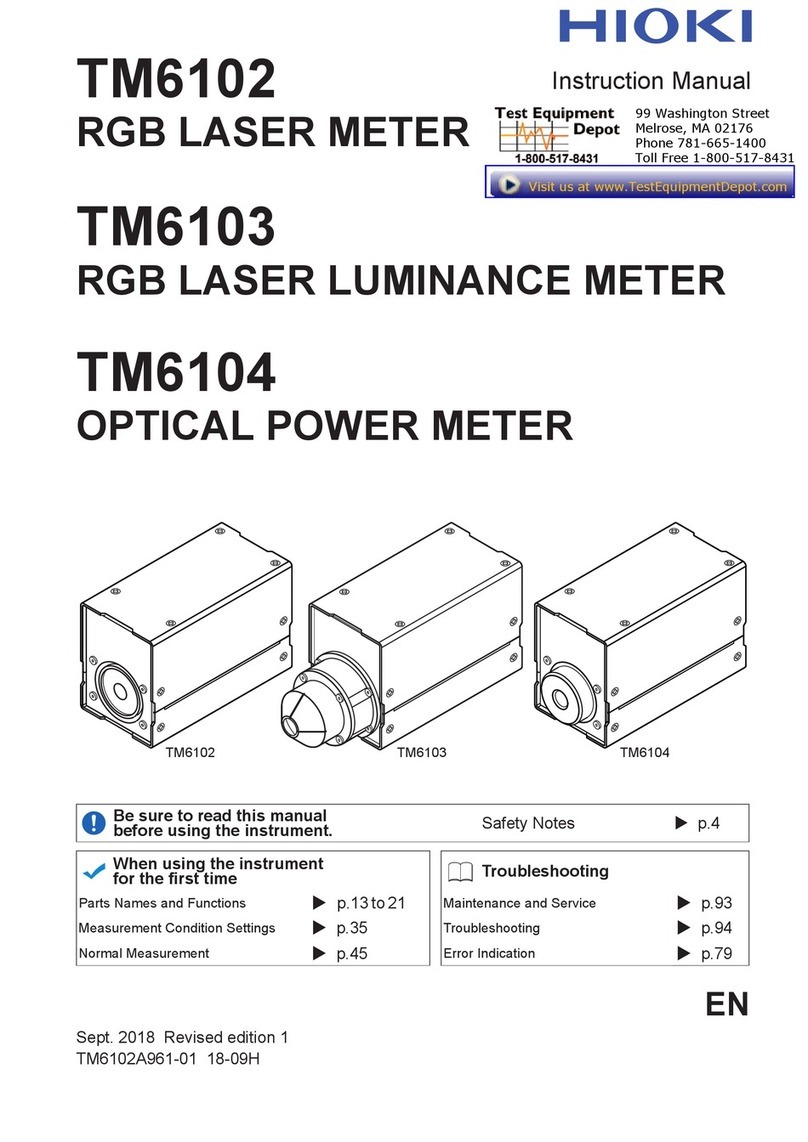
Hioki
Hioki TM6102 User manual

Hioki
Hioki PQ3198 User manual
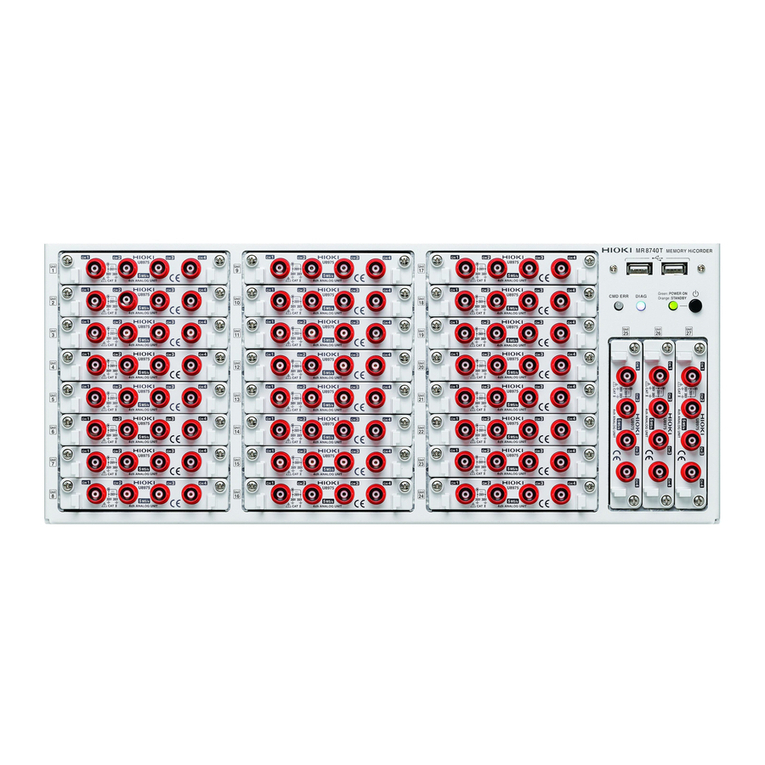
Hioki
Hioki MR8740T Instruction manual
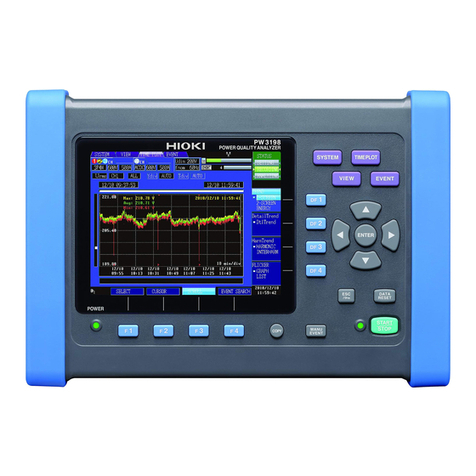
Hioki
Hioki PW3198 User manual

Hioki
Hioki PW3198 User manual
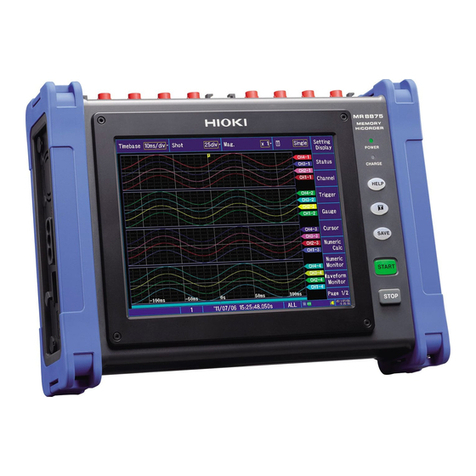
Hioki
Hioki MR8875 User manual
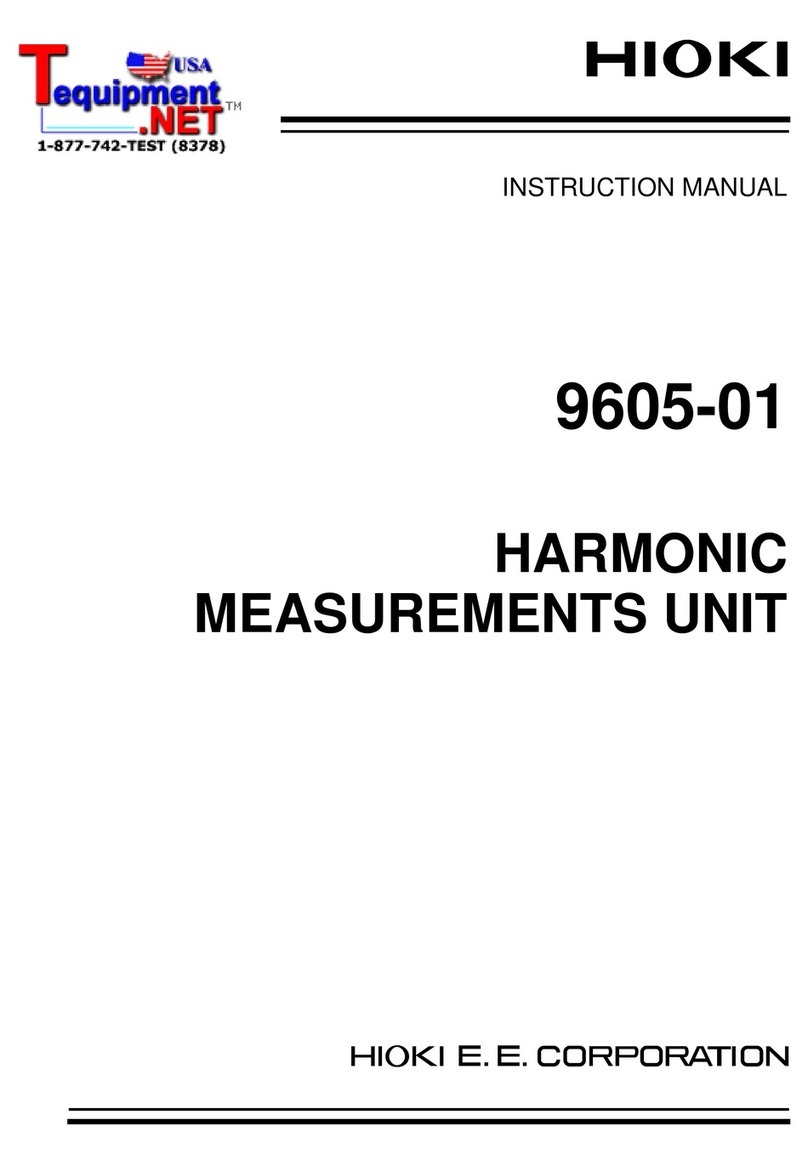
Hioki
Hioki 9605-01 User manual
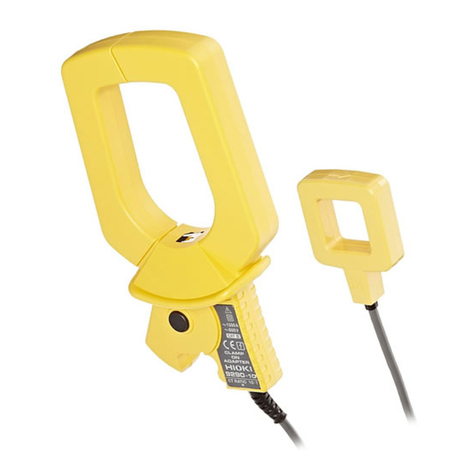
Hioki
Hioki 9290-10 User manual

Hioki
Hioki PW3360-21 User manual
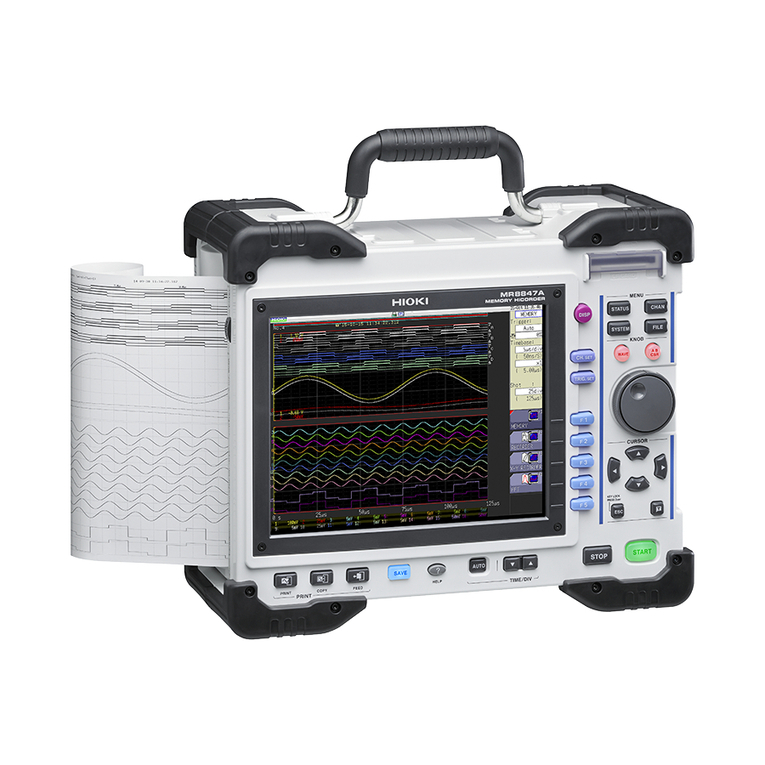
Hioki
Hioki MR8847A User manual
